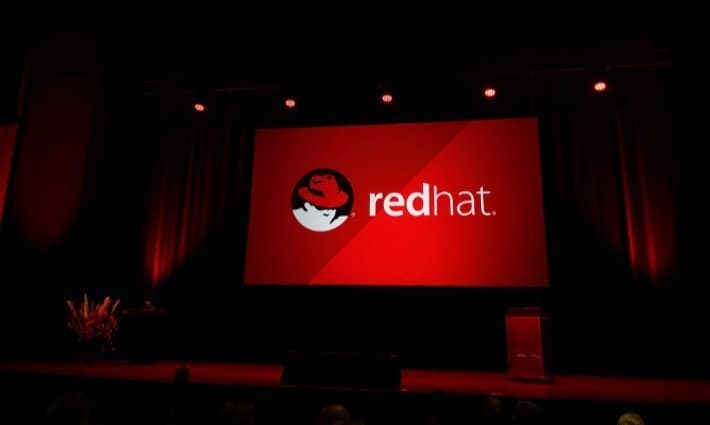Red Hat and Intel announced that they would take the next step in their partnership, calling it an evolution that would align their products with the 5G market. Carriers will spend billions upgrading their systems to the 5G standard, which will boost LTE connection levels by up to 100 times.
The spending is just starting and will be going on for a few years, creating new revenue streams for IT suppliers like Intel and Red Hat.
The collaboration will focus on some specific areas. One of them is integrating 5G features to open-source technology like Kubernetes, making it easier to manage software container-based workloads.
The 5G vRAN model
The integration will be useful for carriers who use containers to build the software that powers their networks. Red Hat and Intel said that they would incorporate more 5G capabilities into commercial products as well. One of the plan’s facets is to come up with a ‘frame of reference’ architecture.
It will be used as a blueprint for carriers to implement the 5G vRAN model.
The term describes an approach where some data processing, which happens traditionally using base stations, is moved to standard servers that can process it more efficiently at a lower cost.
BFFs
Red Hat and Intel’s vRAN reference architecture employs Red Hat’s OpenShift Container Platform, based on Kubernetes. The technology also includes a technology called OpenNESS, which makes it easy to write software optimized for 5G networks.
The companies say that they will certify the reference architecture for use with partner-developed vRAN apps and hardware.
Red Hat and Intel have collaborated for decades, and this new evolution will lead to a stronger relationship.
Tip: Red Hat feels unbeatable with OpenShift under the wing of IBM
